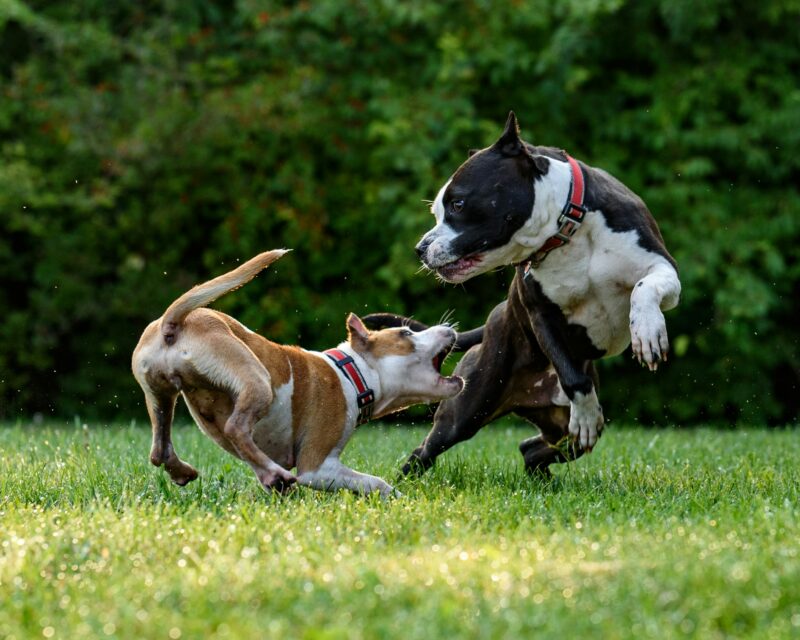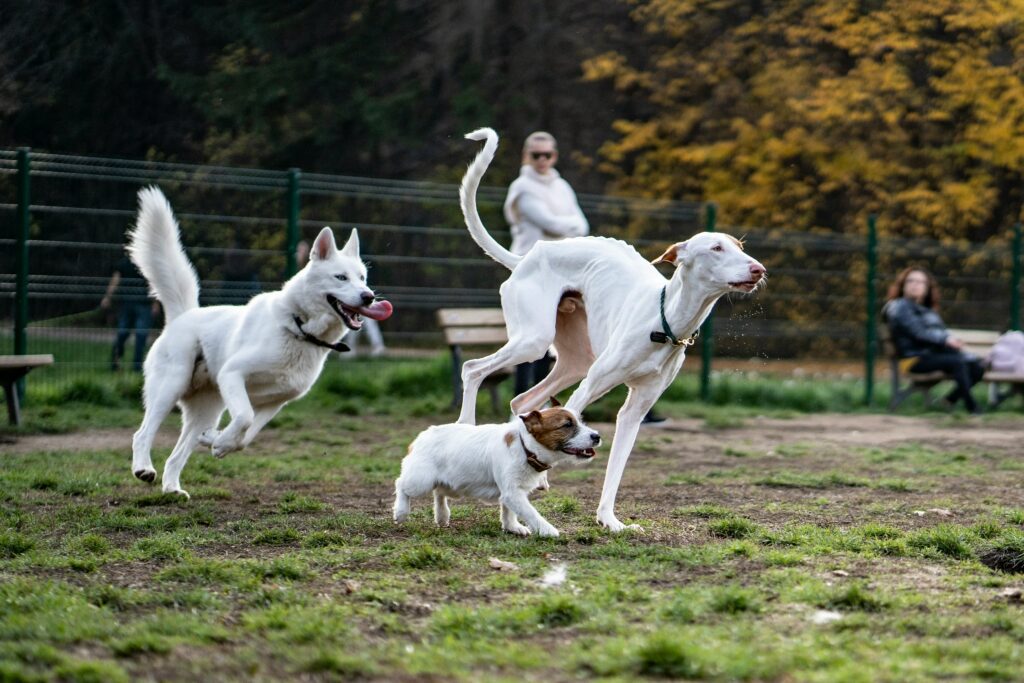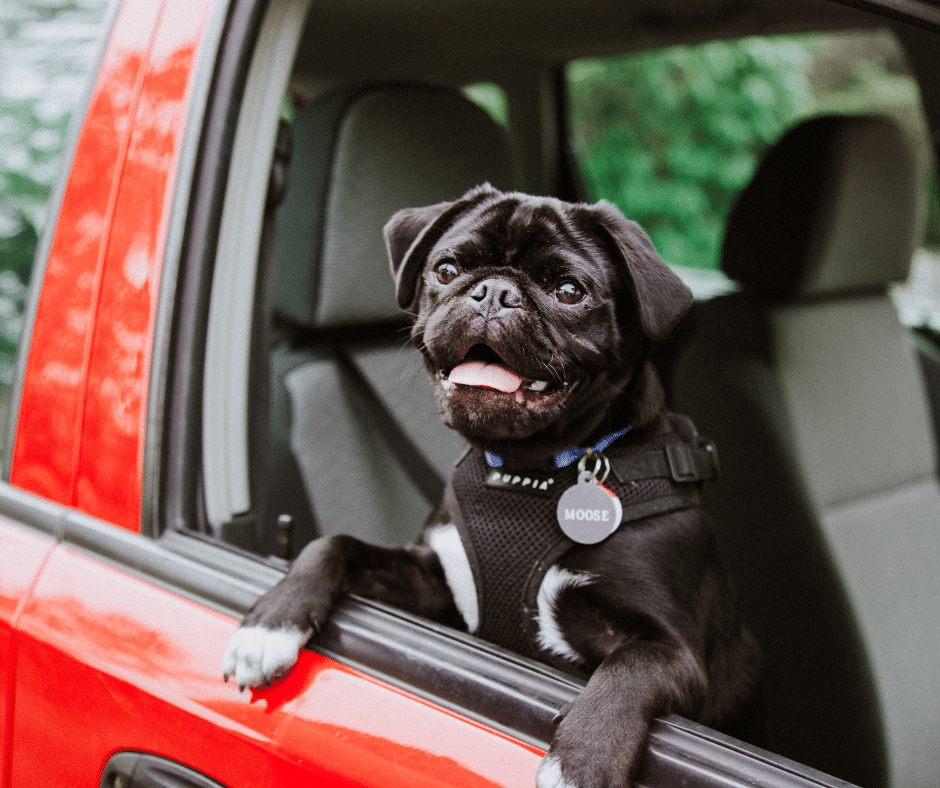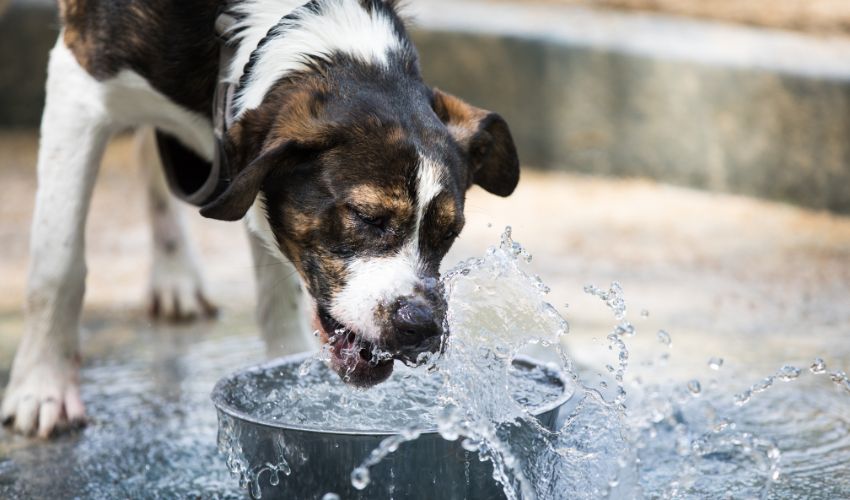Aggression in dogs is a complex behavior influenced by a combination of genetic, environmental, and individual factors. It is crucial to avoid generalizations about aggression based solely on a dog’s breed. While certain breeds may have predispositions to certain behaviors due to their genetics, it’s important to recognize that individual temperament and upbringing play significant roles.
Here are some important points to consider:
Genetics: Certain breeds were originally developed for specific purposes, and some may have traits that could be associated with aggression. However, it’s essential to remember that genetics do not dictate a dog’s behavior alone.
Individual Variation: There is considerable variation in behavior within any given breed. Dogs, like humans, are individuals, and their behavior is influenced by a combination of genetic and environmental factors.
Environment and Upbringing: The dog’s environment, socialization, training, and experiences during its formative months and throughout its life have a profound impact on its behavior. Poor socialization, inadequate training, or negative experiences can contribute to aggressive behavior.
Owner Responsibility: Owners play a crucial role in shaping a dog’s behavior. Responsible ownership involves proper training, socialization, providing a safe environment, and meeting the dog’s physical and mental needs.
Socialization: Early and ongoing socialization is essential for dogs to learn appropriate behaviors and develop positive interactions with people, other animals, and the environment.
Health Factors: Medical issues, pain, or discomfort can contribute to aggressive behavior in dogs. It’s essential to rule out any potential health concerns when addressing aggression.
Training and Management: Dogs that display aggression can benefit from positive reinforcement training techniques and behavior modification. Seeking the assistance of a professional dog trainer or behaviorist is often advisable.
It’s important to approach each dog as an individual and avoid making assumptions based solely on its breed. Breed-specific legislation, which targets certain breeds based on perceived aggression, has been widely criticized as ineffective and unfair. Responsible ownership, proper training, and understanding the individual needs of each dog are crucial in preventing and addressing aggressive behavior.

Why Do Dogs Get Aggressive?
Dogs may display aggression for various reasons, and it is a complex behavior that can be influenced by a combination of genetic, environmental, and individual factors. Here are some common reasons why dogs may exhibit aggression:
Fear: Aggression can be a defensive response to perceived threats or fear-inducing situations. A dog may become aggressive if it feels cornered, trapped, or frightened.
Territorial Behavior: Dogs are naturally territorial animals. They may become aggressive when they perceive a threat to their territory, whether it’s their home or a particular space.
Protectiveness: Dogs may display aggression when they feel the need to protect their owners, family members, or resources, such as food, toys, or sleeping areas.
Socialization Issues: Dogs that have not been properly socialized during their critical developmental periods may develop fear or aggression towards unfamiliar people, animals, or environments.
Pain or Discomfort: Dogs experiencing pain or discomfort due to illness, injury, or a medical condition may react aggressively as a defensive mechanism.
Lack of Training: Dogs that have not received proper training and obedience may resort to aggression as a way to assert dominance or control in certain situations.
Frustration: Dogs may become frustrated when they are unable to access something they desire, leading to aggressive behaviors.
Maternal Instincts: Female dogs with puppies may exhibit protective aggression to ensure the safety of their offspring.
Resource Guarding: Dogs may become aggressive when they feel the need to protect valuable resources, such as food, toys, or attention.
Lack of Social Interaction: Dogs are social animals, and a lack of positive social interaction and companionship can lead to behavioral issues, including aggression.
Addressing aggression in dogs requires a thorough understanding of the underlying causes. Consultation with a veterinarian, professional dog trainer, or animal behaviorist is often recommended to identify the specific triggers and implement a behavior modification plan tailored to the individual dog’s needs. It’s crucial to approach the issue with patience, positive reinforcement, and a commitment to providing a safe and enriching environment for the dog.
What Do I Do When My Dog Gets Aggressive? How to Manage Aggression?
Managing aggression in dogs requires a systematic and patient approach. It’s essential to address the underlying causes of aggression and implement strategies to modify the dog’s behavior. Here are some general guidelines for managing dogs with aggression:
Consult with a Professional: Seek the assistance of a veterinarian, professional dog trainer, or animal behaviorist. They can help assess the specific triggers and develop a tailored behavior modification plan for your dog.
Ensure Safety: Prioritize safety for both the dog and those around them. Use caution and consider using muzzles or other safety measures when necessary, especially during the initial stages of behavior modification.
Medical Evaluation: Rule out any potential medical issues that could be contributing to the aggression. Pain or discomfort from underlying health problems may exacerbate aggressive behavior.
Positive Reinforcement Training: Use positive reinforcement techniques to reward and reinforce desired behaviors. Reward the dog for calm and non-aggressive actions, helping to reshape their behavior through positive associations.
Desensitization and Counterconditioning: Gradually expose the dog to stimuli that trigger aggression in a controlled and positive way. Pair these stimuli with positive experiences to change the dog’s emotional response over time.
Avoid Triggers: Identify and manage situations that trigger aggression. If possible, avoid exposing the dog to these triggers until the behavior modification plan is well underway.
Establish Clear Rules and Boundaries: Consistency in training and clear rules can help the dog understand what is expected, providing a sense of security and reducing anxiety.
Provide Mental and Physical Stimulation: Ensure the dog receives enough mental and physical exercise. Enrichment activities and interactive toys can help alleviate boredom and reduce stress.
Implement Obedience Commands: Teach and reinforce basic obedience commands like “sit,” “stay,” and “come.” This enhances communication between you and your dog, promoting a positive relationship.
Create a Safe Space: Allow the dog to have a designated safe space where they can retreat when feeling stressed. This can be a crate or a quiet area where the dog feels secure.
Avoid Punishment: Avoid using punishment-based training methods, as they can exacerbate fear or anxiety, leading to more aggressive behavior.
Gradual Exposure: When introducing the dog to new people, animals, or environments, do so gradually and under controlled conditions. Monitor the dog’s behavior and be ready to intervene if needed.
Remember that modifying aggressive behavior takes time, consistency, and patience. It’s essential to tailor the approach to the individual dog and seek professional guidance when necessary. In severe cases, medication prescribed by a veterinarian may complement behavior modification efforts. Always prioritize the safety and well-being of everyone involved.
















